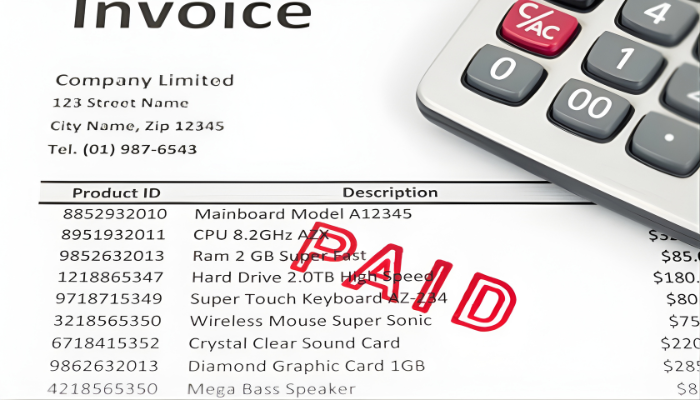
Many businesses struggle to record the appropriate accounting journal entries for invoice factoring transactions leading to irreconcilable accounts and complex financial predicaments. Factoring your invoices can lead to a fast payout, but if you don’t follow a few guidelines, it can also lead to major bookkeeping issues.
Factoring occurs when a business needs to meet immediate cash needs and decides to sell its accounts receivable or invoices to a third party (known as a “factor”) at a discount. Factoring, also known as “accounts receivable financing,” is the financial tool of choice for many businesses, due to its appealing fast-cash guarantee and because it provides services the bank does not.
The bookkeeping aspect of factoring can be mismanaged easily, resulting in financial damage to your business. However, you can take three steps to ensure that you’re properly recording factoring transactions on your back end in the future.
Step 1: Recording Your Sale to a Factoring Company
It’s imperative to record the original sale of your accounts receivable to a factoring company correctly, including exact percentages of fees the company will incur in your calculations. Make a debit/credit chart and record the full amount of your accounts receivable, the cash you’ll instantly receive from the factoring company, the loss on sale you’ll incur due to their financing fees, and the reserve still due to you by the factor.
Let’s break this down: If your accounts receivables amounted to $100,000 outstanding, and the factoring company you choose charges a 3% financing fee for its services and a 20% reserve requirement, you’d get $77,000 in cash up front. That’s $80,000 after the reserve requirement, less the $3,000 financing fee.
After this first step, the factoring company owns the receivable accounts you sold – it is the company’s responsibility to collect payments from clients with no risk to your business. The terms of sale will vary among industries and providers, but most factoring companies guarantee your money within 24 hours, eliminating the months you’d have to wait otherwise for a customer payment.
Recording these amounts, fees, percentages, and returns immediately after a sale will ensure you won’t be disappointed with a lesser advance than you were expecting – and that a factoring company keeps its original agreement with you. Make sure to keep track of how much the factoring company still owes you after the initial $77,000 advance – the remaining $20,000 it holds in reserve. Record this amount as “Due from Factor.”
Step 2: Reducing Asset Accounts
After step one is completed, it’s necessary to account for the sales discounts your customers take and the fees the factoring company charges you. In our example, let’s say the factoring company agreed to a discount of $5,000 during the cash collection from your customers. You also agreed to a flat $1,000 fee for its services.
In step two, you need to subtract this $6,000 from your asset account labeled “Due from Factor,” bringing their outstanding reserve total to $14,000 instead of $20,000. (Remember – these percentages are just an example, and your own factoring will see different amounts based on the company, your customers, and other features.)
Step 3: Final Settlement of Accounts
Once you have a firm record of exactly how much the factoring company still owes your business, you can proceed to settle the account between the two of you. Once the factoring company collects final payments from your customers of the account receivables you sold it in the beginning, it will give you the remainder of the liability account in cash.
At the final settlement, you’ll need to update your books to include the final payment ($14,000 in our example) from the factoring company, fully balancing your debit and credit accounts. During factoring, your business has to absorb any costs of sale, payment discounts, uncollectible accounts, and other factors.
Factoring generally is a solution to low cash flow, so you can make payroll, employee changes, increase capital, etc. The main benefits of factoring are an immediate boost to your cash flow, fuel for your business to grow, and risk-free debt collection from your clients.
Make sure to record each step in the factoring process and keep track of the client names, invoices, and payments as the factoring company releases them to you. Without proper invoice funding transaction recordkeeping, factoring can turn into a problem instead of a solution.
















